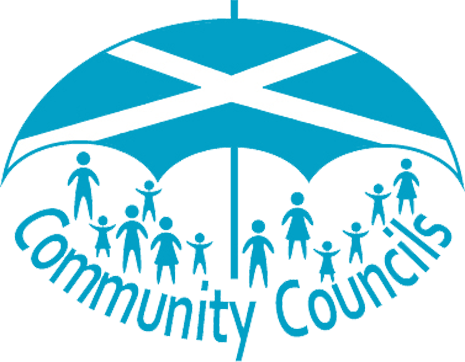The Community Empowerment (Scotland) Act 2015 was passed to help to empower community bodies through the ownership or control of land and buildings, and by strengthening their voices in decisions about public services.
In July 2022, the Scottish Government began a review of the legislation. You can follow the progress of this review and other community empowerment opportunities here, while this useful blog from the Scottish Parliament Information Centre (SPICe) provides an update on how the Act has impacted upon communities in the last decade.
There are 11 parts to the Act, some of which have more relevance to Community Councils than others:
Part 1: National Outcomes
The Scottish Government sets itself a set of broad outcomes such as making Scotland healthier, safer and fairer. The Act requires Scottish Ministers to consult the people of Scotland on these outcomes and report on how it is meeting these outcomes.
The National Performance Framework (NPF) website contains all 11 National Outcomes.
Part 2: Community Planning
Community Planning Partnerships (CPPs) bring different public bodies and other local agencies together to plan services better. The Act makes Community Planning Partnerships (CPPs) a legal requirement and requires them to involve community organisations at all stages of community planning. Tackling inequalities will be a specific focus and, in addition to area-wide Local Outcome Improvement Plans, CPPs will have to produce "locality plans" at a more local level for areas experiencing particular disadvantage.
Part 3: Participation requests
This is a new way for communities to have their voices heard in how services are planned and delivered. By making a participation request, a community body can start a formal discussion with public bodies about how to improve local outcomes. Public bodies must agree to the request or give good reason why not.
Find out more about participation requests and how to submit one with this handy guide from the Scottish Community Development Centre.
Part 4: Community rights to buy land
Rural communities have already had the right to buy privately owned land and buildings that the owner is willing to sell. Now, the Act enables urban communities to do this and owners can now be forced to sell land and buildings which are abandoned, neglected or detrimental to the environmental wellbeing of the community.
Part 5: Asset transfer
This part of the Act introduces a right for community bodies to make requests to all local authorities, Scottish Ministers and a wide-ranging list of public bodies, for any land or buildings they feel they could make better use of. They can request ownership, lease or other rights, as they wish.
A good source of support on asset transfer and community ownership is the Community Ownership Support Service (COSS).
Part 6: Delegation of Forestry Commissioners' Functions
Allows for different types of community body to be involved in forestry leasing.
Part 7: Football Clubs
The Act paved the way for future legislation to make it easier for football supporters to have a role in decision-making and ownership of their football clubs.
Part 8: Common Good Property
Places a statutory duty on local authorities to establish and maintain a register of all property held by them for the common good. It also requires local authorities to publish their proposals and consult community bodies before disposing of or changing the use of common good assets.
Part 9: Allotments
Updates and simplifies legislation on allotments and requires local authorities to develop a food growing strategy for their area, including identifying land that may be used as allotment sites or for community growing.
Part 10: Participation in Public Decision-Making
A new regulation-making power enabling Ministers to require Scottish public authorities to promote and facilitate the participation of members of the public in the decisions and activities of the authority, including in the allocation of its resources (otherwise known as participatory budgeting).
Part 11: Non-Domestic Rates
Provides for a new power for councils to create and fund their own localised business rates relief schemes.

